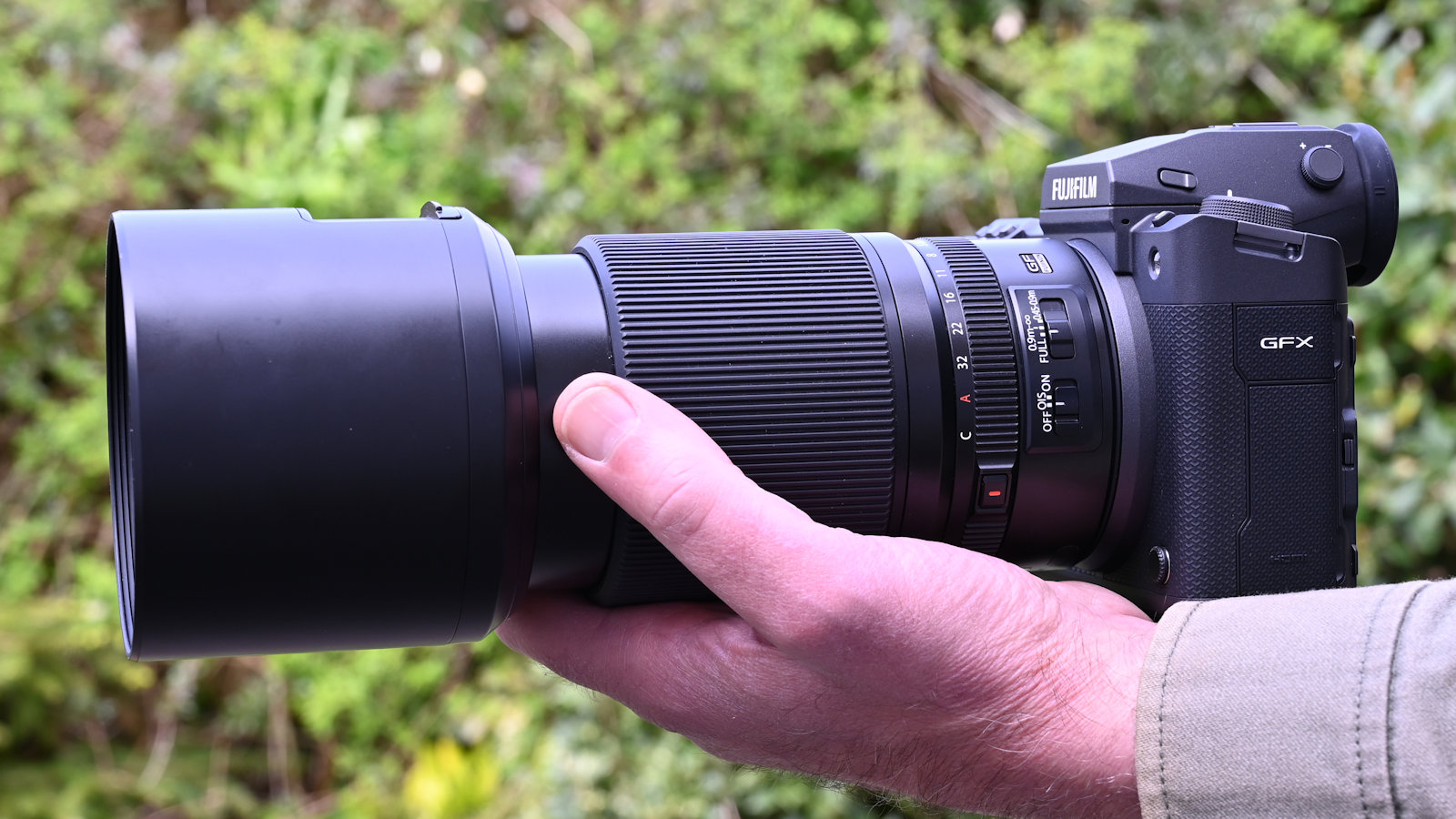
I have a soft spot for macro lenses, not that there’s anything ‘soft’ about this Fujifilm GF 120mm. There are lots of positives. I find the ‘effective’ focal length of 95mm ideal for extreme close-ups of anything and everything from bugs and insects to wristwatches and other the other little paraphernalia in life.
The minimum focus distance for achieving maximum magnification is 0.45m (as measured from the image sensor in the host camera) and enables a comfortable working distance. And with fast autofocus and effective 5-stop optical image stabilization, the lens works well for portraiture and any other shooting scenarios that require a short telephoto focal length.
All in all, it’s a very versatile lens, rather than being a one-trick pony just for macro shots. It’s one of the best Fujifilm GF lenses in the line-up, and a must-have lens for macro photography with the best Fujifilm cameras.

Fujifilm GF 120mm F4 Macro R LM OIS WR: Specifications
Fujifilm GF 120mm F4 Macro R LM OIS WR: Price & Availability
The Fujifilm GF 120mm F4 Macro R LM OIS WR landed on retailers' shelves back in 2017, being one of the first ‘GF’ lenses for the company’s GFX medium format system. It’s currently priced at $2,699 / £2,499 / AU$4,199, which makes it pricey for a macro lens but not unduly expensive for a top-quality medium format prime.
It’ll certainly set you back less than the Fujifilm GF 110mm F5.6 T/S Macro, which adds tilt & shift functions to the equation but costs $3,499 / £3,499 / AU$5,499. Both lenses deliver a maximum magnification of 0.5x at their closest focus distance.
Fujifilm GF 120mm F4 Macro R LM OIS WR: Design & Handling
I have to confess that my initial reaction to this lens was one of disappointment. Dedicated macro lenses that I’ve used on full-frame and crop-sensor cameras usually deliver a full 1.0x maximum magnification, sometimes even more. As such, they reproduce small objects at full life size on the camera’s image sensor. When you can fill the whole image frame with something little more than the size of a postage stamp, the potential for enlargement on screen or in print is incredible.
The GF 120mm only delivers a maximum of 0.5x magnification but bear in mind that a medium format image sensor is significantly larger than that of a full-frame camera, so the ‘effective’ magnification is even less.
By contrast, use a 1.0x macro lens on a Micro Four Thirds camera with a 2x crop factor, and you get 2x ‘effective’ magnification. A medium format upside is that the 51-megapixel image sensor of the Fujifilm GFX 50S II gives plenty of potential for creative cropping, even more so with the mighty 102 megapixels of the Fujifilm GFX 100 II.

A plus point of topping off at 0.5x magnification is that the working distance between the front of the lens and the object I’m shooting is quite respectful. I’m therefore less likely to scare bugs away before I’ve had a chance to photograph them, or cast a shadow over the subject when the light’s behind me. On top of that, sticking to 0.5x rather than 1.0x magnification, I get more than a wafer-thin depth of field. That makes it easier to shoot macro images of 3-dimensional objects without resorting to focus-stacking and merging multiple images into a composite at the editing stage.
While the GF 120mm’s party trick is macro photography, it’s well suited to much else besides. The ‘effective’ focal length of 95mm in full-frame terms works very well for portraiture and, given the ‘actual’ focal length of 120mm, I can get a tight depth of field at the widest aperture of f/4. More good news comes in the fact that the lens has very fast autofocus, especially for a macro optic, with two groups of optical elements being driven by a pair of separate linear stepping motors. That makes the lens similarly suitable for the likes of action, sports and wildlife photography.

The lens features a 3-way autofocus range limiter. That’s a good feature, as it enables me to lock out either the short or long end of the range as well as using the whole autofocus range. It saves the autofocus system hunting through the entire range when I’m shooting extreme close-ups or more distant objects. For macro shooting, manual focusing is often preferred and the lens’s electronically coupled focus ring offers very smooth, precise adjustments.

To help keep me sharp in handheld shooting, I like that the lens has a highly effective 5-stop optical image stabilizer. That said, it’s rather less effective at very short focus distances for macro photography, but that’s only to be expected. For macro shots, there’s no real substitute for using a tripod or other support. Speaking of which, I’d have liked the option of having a tripod mounting collar for a better balance when using a tripod, especially when shooting in portrait orientation. Fujifilm added this to the GF 100-200mm zoom lens, which is only 30g (1oz) heavier but omitted it for the macro lens.

The lens has quite a complex optical path based on 14 elements in 9 groups. There are no aspherical elements but the lens features 3 ED (Extra-low Dispersion) elements. Typical of GF lenses, there’s an aperture ring which operates in one-third f/stop click steps, all the way down to f/32. As usual, the aperture ring features lockable A (Auto) and C (Camera control) positions but doesn’t have a de-click option for shooting video.
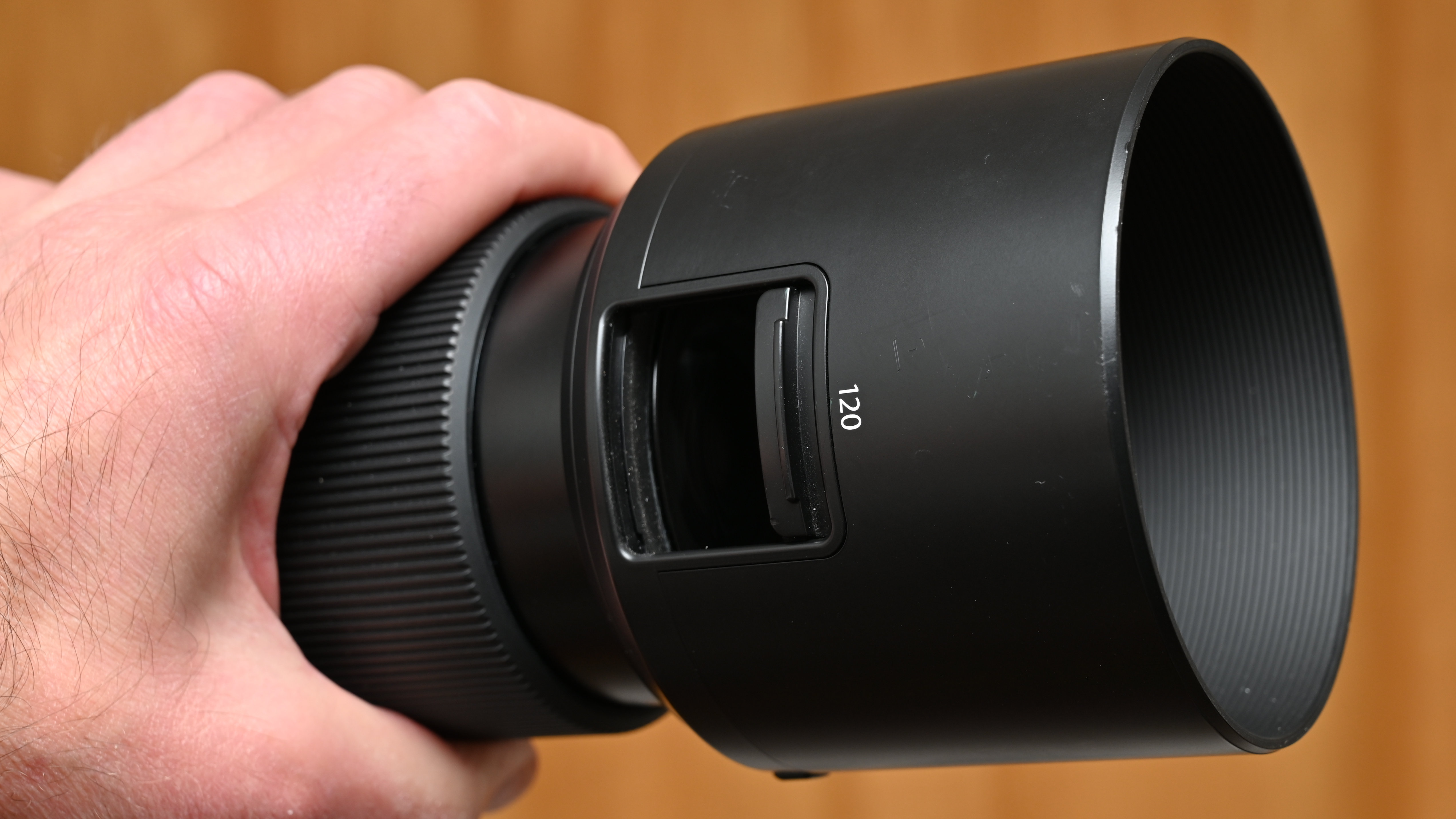
Fujifilm GF 120mm F4 Macro R LM OIS WR: Photo Performance
I tested the Fujifilm GF 120mm F4 Macro R LM OIS WR with a Fujifilm GFX 100 II camera body and the 102-megapixel image sensor which places great demands on the resolving power of lenses. As I’ve come to expect from Fujifilm GF medium format lenses, levels of sharpness are excellent, even at the widest available aperture, in this case of f/4. Narrow apertures are to be preferred for macro shooting, as they deliver more than a tiny depth of field, and the sharpness of this lens holds up well at small apertures, where diffraction tends to be a problem. Designed to be a ‘flat field’ lens with minimal curvature, sharpness remains very good out to the extreme edges and corners of the image frame, when shooting flat objects head-on.

For more general shooting, I found that the fast and consistently accurate autofocus system and 5-stop image stabilizer made consistently sharp handheld shooting a breeze. And given the lens’s suitability for portraiture and still life, there’s a winning combination of sharpness and smooth bokeh for focused and defocused areas of images.

Fujifilm GF 120mm F4 Macro R LM OIS WR: Sample Images
The example images in the following gallery combine cropped close-ups to demonstrate the resolution of fine detail in macro photography, along with more regular shots taken in sunny conditions at Bristol Docks in the UK. I used a Fujifilm GFX 100 II camera body throughout the testing process.

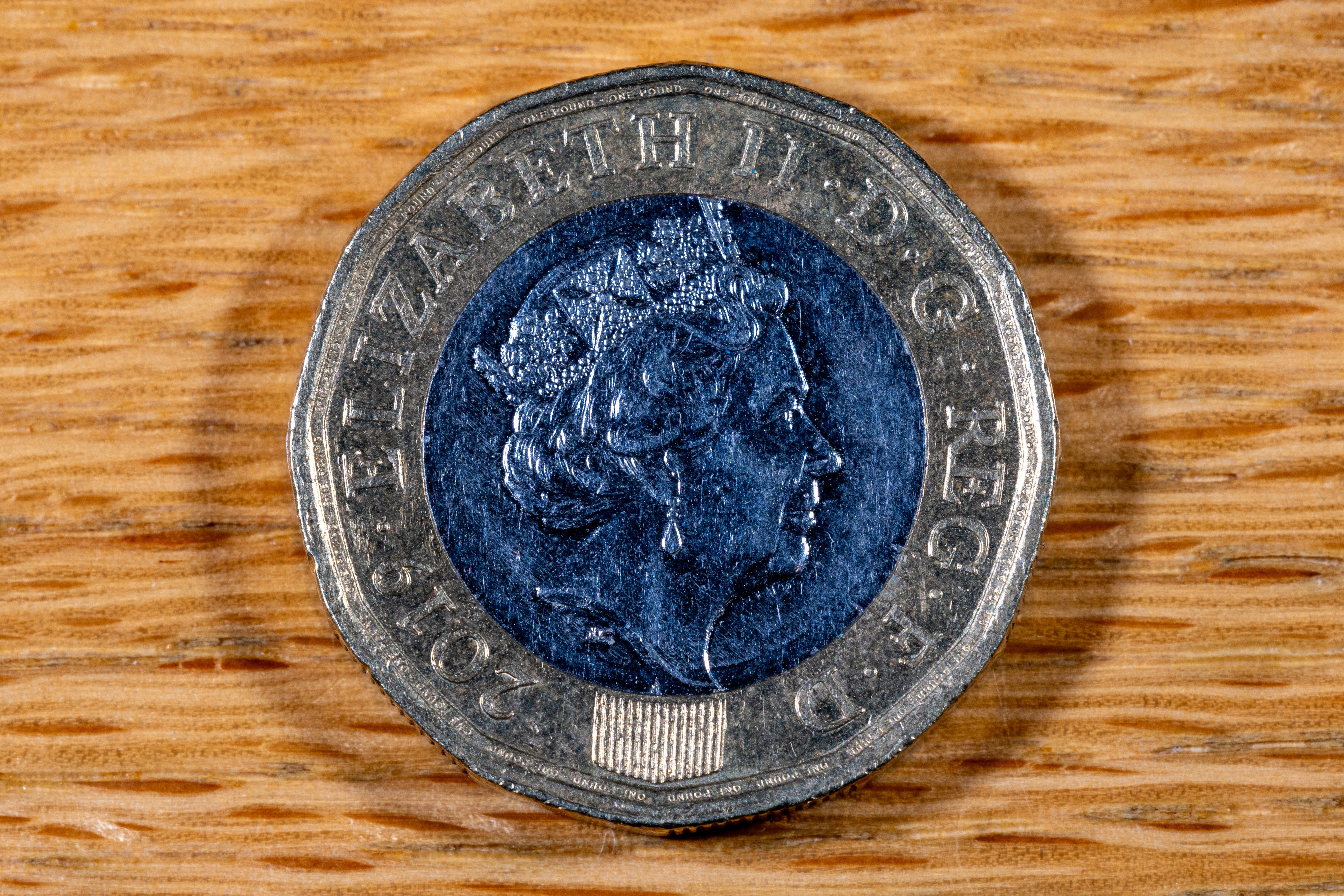
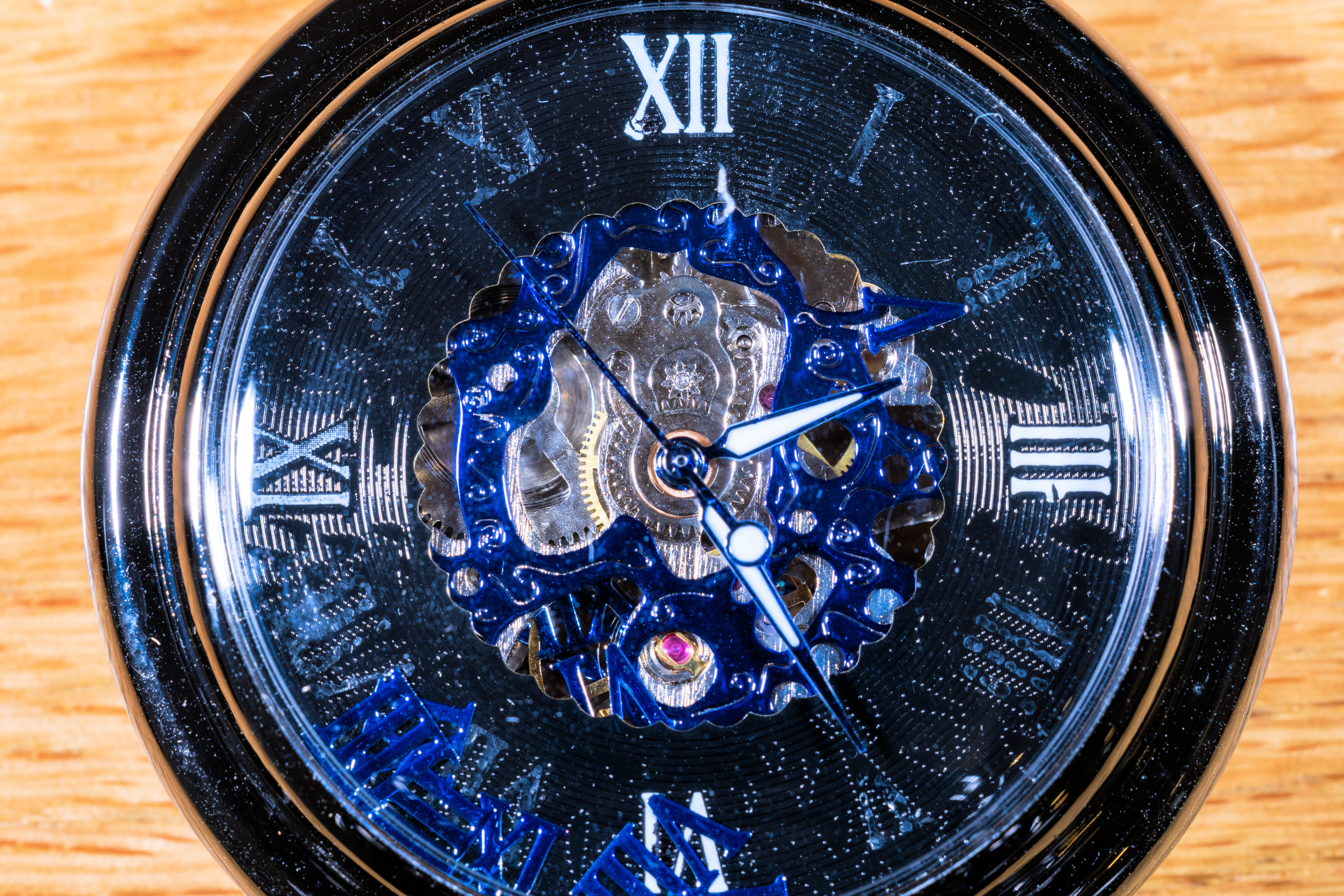











Fujifilm GF 120mm F4 Macro R LM OIS WR: Lab Results
We run a range of lab tests under controlled conditions, using the Imatest Master testing suite. Photos of test charts are taken across the range of apertures and zooms (where available), then analyzed for sharpness, distortion and chromatic aberrations.
We use Imatest SFR (spatial frequency response) charts and analysis software to plot lens resolution at the center of the image frame, corners and mid-point distances, across the range of aperture settings and, with zoom lenses, at four different focal lengths. The tests also measure distortion and color fringing (chromatic aberration).
Sharpness:

The GF 120mm Macro is super-sharp across the whole image frame, even when shooting wide-open at f/5.6. More importantly for a macro lens, sharpness is retained very well at narrow apertures, commonly used to gain a little extra depth of field when shooting extreme close-ups.
Fringing:
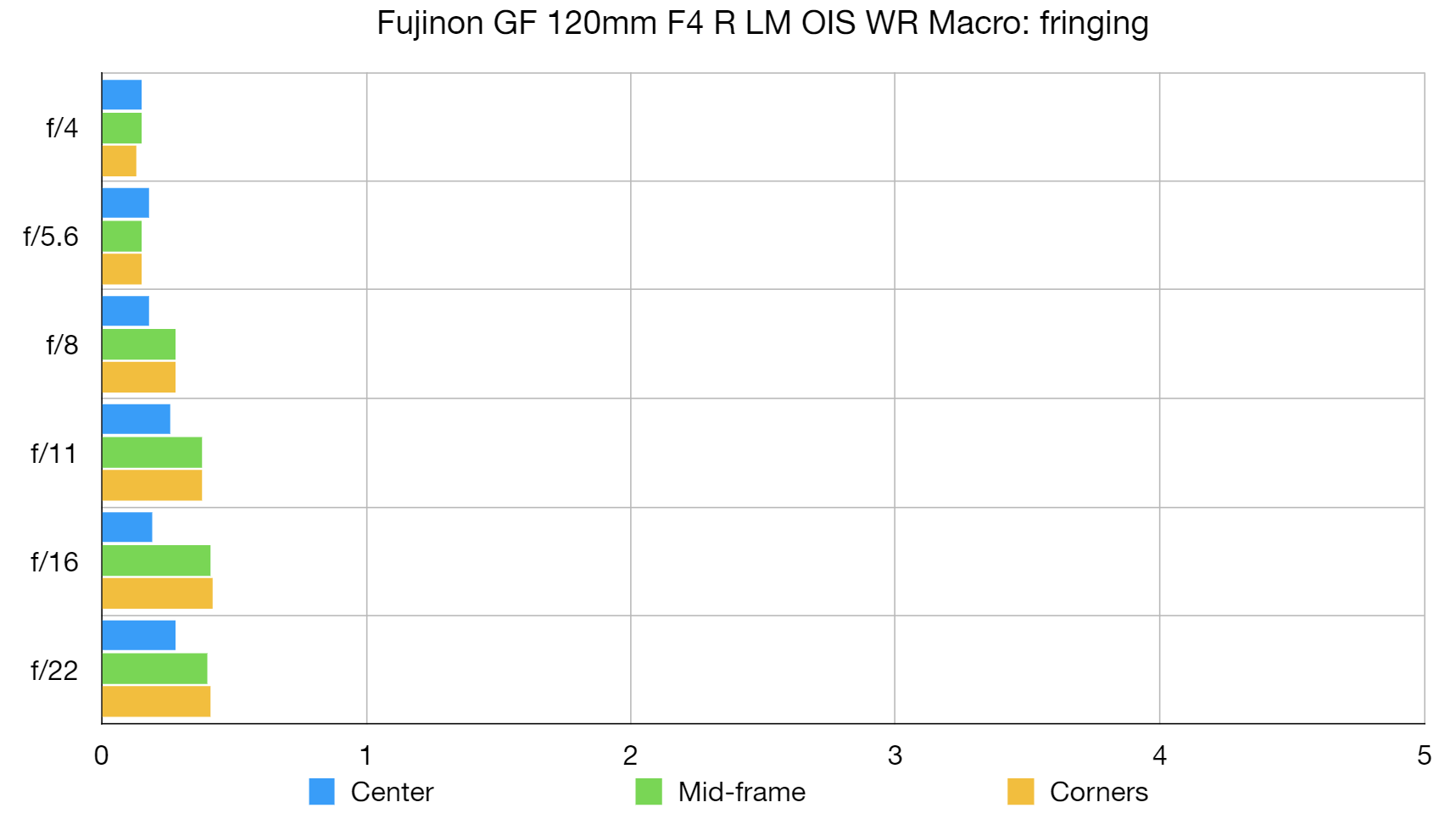
Color fringing is entirely negligible throughout the entire aperture range and virtually impossible to spot in images.
Distortion: 0.32
There’s only the slightest touch of pincushion distortion which will generally be unnoticeable.
Fujifilm GF 120mm F4 Macro R LM OIS WR: Verdict
When I’m spending the sort of money on a lens that the Fujifilm GF 120mm F4 Macro R LM OIS WR commands, I like it to be sufficiently versatile to add value. I’m pleased that the GF 120mm works really well not only for macro photography in extreme close-up situations but also as a portrait lens and for general shooting. I feel that the maximum magnification of 0.5x comes up a bit short and would prefer to see the availability of a tripod mounting ring, but I like the additions of 5-stop optical image stabilization and a fast autofocus system. And ultimately, image quality is superb.

Should you buy the Fujifilm GF 120mm F4 Macro R LM OIS WR?
✅ Buy this...
- You like shooting extreme close-ups
- You want a versatile telephoto lens
- You demand exceptional image quality
🚫 Don't buy this...
- You’d prefer tilt & shift additions
- You’d rather have a zoom lens
- It’s not as fast as the GF 110mm F2







